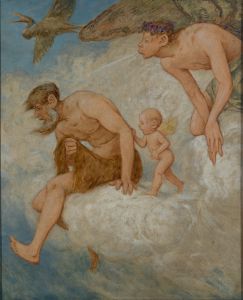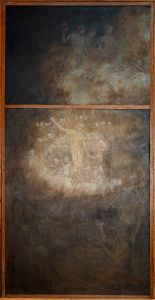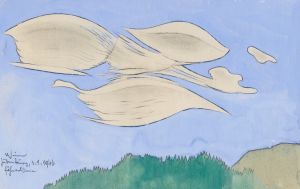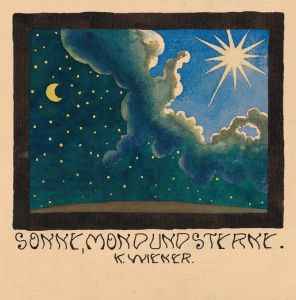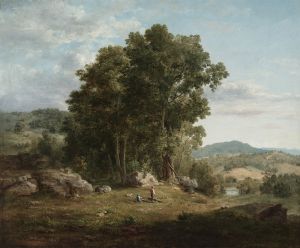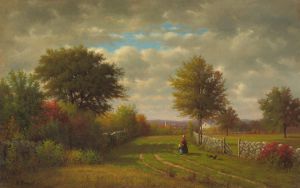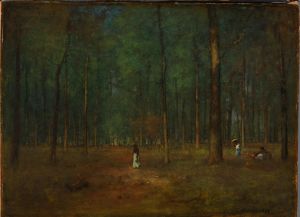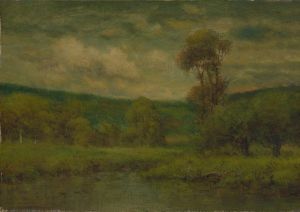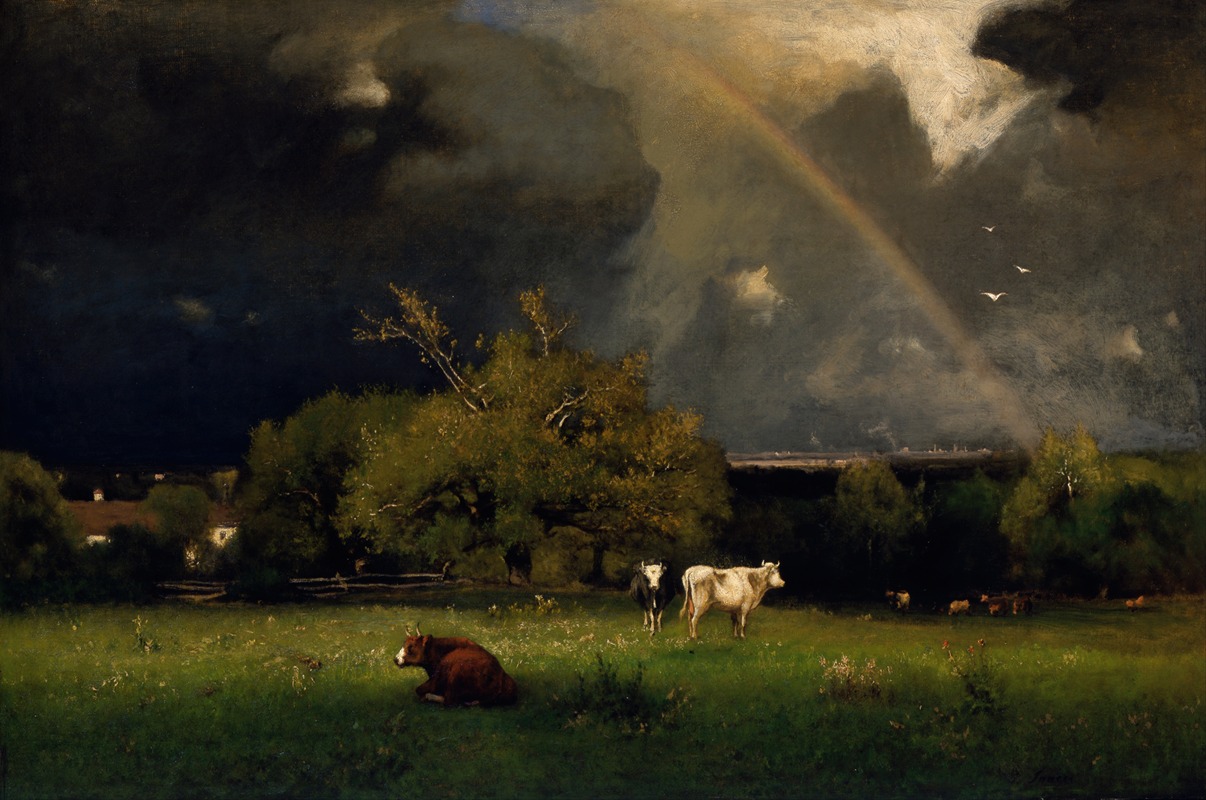
The Rainbow
A hand-painted replica of George Inness’s masterpiece The Rainbow, meticulously crafted by professional artists to capture the true essence of the original. Each piece is created with museum-quality canvas and rare mineral pigments, carefully painted by experienced artists with delicate brushstrokes and rich, layered colors to perfectly recreate the texture of the original artwork. Unlike machine-printed reproductions, this hand-painted version brings the painting to life, infused with the artist’s emotions and skill in every stroke. Whether for personal collection or home decoration, it instantly elevates the artistic atmosphere of any space.
"The Rainbow" is an oil painting created by the American landscape artist George Inness in 1878. Inness is often regarded as one of the most influential American painters of the 19th century, known for his ability to blend realism with a more atmospheric and emotional approach to landscape painting. His work is frequently associated with the Hudson River School, although he later developed a more individual style that was influenced by the Barbizon School of France.
"The Rainbow" is a prime example of Inness's mature style, which is characterized by a focus on mood and atmosphere rather than precise detail. The painting depicts a pastoral scene with a rainbow arcing across the sky, a common motif in landscape art that symbolizes hope and the transient beauty of nature. Inness's use of color and light in this painting is particularly notable; he employs a soft, diffused palette that captures the serene and ephemeral quality of the scene. The rainbow itself is rendered with subtlety, blending seamlessly into the cloudy sky and enhancing the overall harmony of the composition.
Inness was deeply influenced by the philosophical and spiritual ideas of Emanuel Swedenborg, a Swedish theologian whose writings emphasized the connection between the spiritual and natural worlds. This influence is evident in "The Rainbow," where the natural phenomenon is not just a visual spectacle but also a symbol of spiritual promise and divine presence. Inness believed that art should convey more than just the physical appearance of a scene; it should also express the underlying spiritual reality.
The painting reflects Inness's transition from the detailed realism of his early career to a more expressive and atmospheric style. This shift was partly inspired by his exposure to European art during his travels abroad, particularly the works of the Barbizon School, which emphasized mood and emotion over meticulous detail. Inness's later works, including "The Rainbow," often feature softer brushwork and a more subdued color palette, creating a sense of tranquility and introspection.
"The Rainbow" is housed in the Indianapolis Museum of Art, where it is part of a significant collection of American art. The museum's acquisition of this painting underscores its importance as a representative work of Inness's later period. It continues to be celebrated for its masterful depiction of light and atmosphere, as well as its ability to evoke a sense of peace and contemplation.
Inness's contribution to American art lies in his ability to convey the spiritual essence of the landscape, moving beyond mere representation to capture the emotional and metaphysical dimensions of nature. "The Rainbow" stands as a testament to his skill in merging the physical and spiritual worlds, offering viewers not just a glimpse of a beautiful scene, but an invitation to reflect on the deeper connections between humanity and the natural environment.





